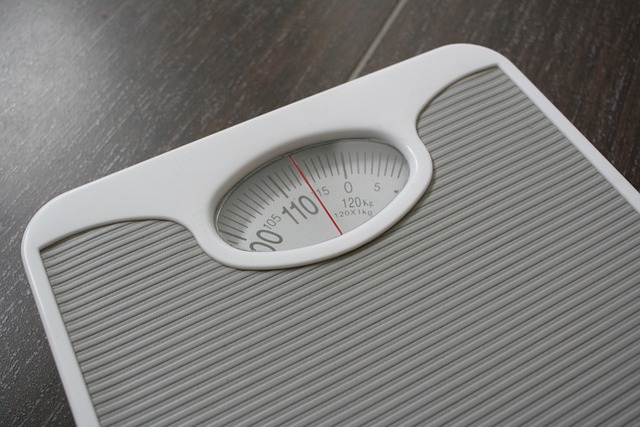Considering that cardiovascular diseases are among the leading causes of death worldwide, finding ways to determine the likelihood of their development is crucial. Moreover, the sooner the chances are discovered, the better the chances that they can be prevented. Doctors say that one of the best ways to determine your child’s future risk of developing heart issues is by checking their waist-to-hip ratio.
The Connection Between Waist-to-Hip Ratio and Heart Disease Risk

Children who have a waist-to-hip ratio that gradually increases during the first 10 years of life have a greater risk of developing cardiovascular diseases. Children who exhibited an increase in central obesity from birth were likely to show signs of cardiometabolic issues by age ten. These signs include raised levels of metabolic dysfunction biomarkers, such as glycoprotein acetyls, high-sensitivity C-reactive protein, and triglycerides. The waist-to-height ratio offers a simple marker for childhood obesity and subsequently, for cardiovascular disease risk.
How To Ensure Positive Outcomes

According to David Horner, lead researcher at Herlev and Gentofte Hospital in Copenhagen, “Central obesity in childhood matters, and the waist-to-hip ratio offers a simple and effective marker that may help early identification of cardiometabolic and CVD risk.” Anything that can help prevent the progression of central obesity could prove beneficial and have an impact on health outcomes. According to Horner, the results of their studies reinforce the importance of monitoring weight-to-height ratio in addition to tracking weight as part of standard assessments.
Read More: Doctor Reveals What Adults and Children See When They Die
A More Accurate Assessment

Horner feels that the waist-to-hip ratio offers a more practical and accurate assessment of cardiovascular risk in children than BMI does. While body mass index may work well for the assessment of obesity in populations, it can often prove flawed at the individual level. “An athlete who is 185 cm tall and weighs 120 kg may have a BMI of 35 but looks very different from someone else with the same BMI who is living with obesity,” Horner explained.
The Study on Waist-To-Height Ratio

The researchers examined the waist-to-hip ratio trajectories from birth to age 10 for associations with increased cardiovascular disease risk. For the study, 736 mothers were recruited in 2010 and were checked up on over 13 years. The children were assessed on 14 different occasions between birth and their tenth year. At 10 years of age, the children then underwent a cardiometabolic risk assessment.
Read More: Does Diet Play a Role in Managing ADHD Symptoms in Children?
Three Distinct Trajectories

The team identified three distinct waist-to-hip ratio trajectories from their study. These trajectories included a stable reference group, a high-falling group, and a slow-rising group. The reference group (66%) showed no variation in trajectory over time. The high-falling group (18%) began with a slightly higher ratio at birth, increased until around 2.5 years of age, and then subsequently dipped gradually to around the same level as the first group. Cardiometabolic risk was 0.79 (P < .0001) when compared with the first group.
Important to Understand How Fat Accumulates

According to Horner, it is very important that we learn to understand “when and how fat accumulates in childhood, because this may be a window of opportunity to intervene.” He feels that it is the amount of central fat at the time of the 10-year assessment that appears to play the largest role in determining their cardiovascular risk. Many doctors feel that the waist-to-hip ratio may replace BMI because it doesn’t vary by age or ethnic group. Additionally, it distinguishes between fat and muscle mass and is universally available.
The Validity of Waist-To-Height Ratio

The real danger of obesity is actually specific to fat mass. The waist-to-hip ratio has already proven better than BMI in the prediction of type 2 diabetes, fatty liver, and heart failure. This study has further revealed its potential use as an early indicator of cardiovascular issues. With this tool available to health practitioners in the first decade of life, they can predict who is most at cardiometabolic risk.
The Bottom Line

Monitoring a child’s waist-to-hip ratio is an easy way to detect early indicators of potential heart disease. Unlike BMI, it effectively measures harmful fat accumulation despite differences in age, ethnicity, or muscle mass. According to the study, an increase in central obesity throughout childhood is closely connected to cardiometabolic dysfunction by the age of 10. Early steps of intervention, including a nutritious diet, physical activity, and regular monitoring, can significantly minimize these risks. As research confirms its predictive effectiveness, the waist-to-hip ratio may become the new benchmark for measuring childhood cardiovascular health.
Read More: How Childhood Exposure to Certain Toxins Could Increase Colorectal Cancer in Youth

